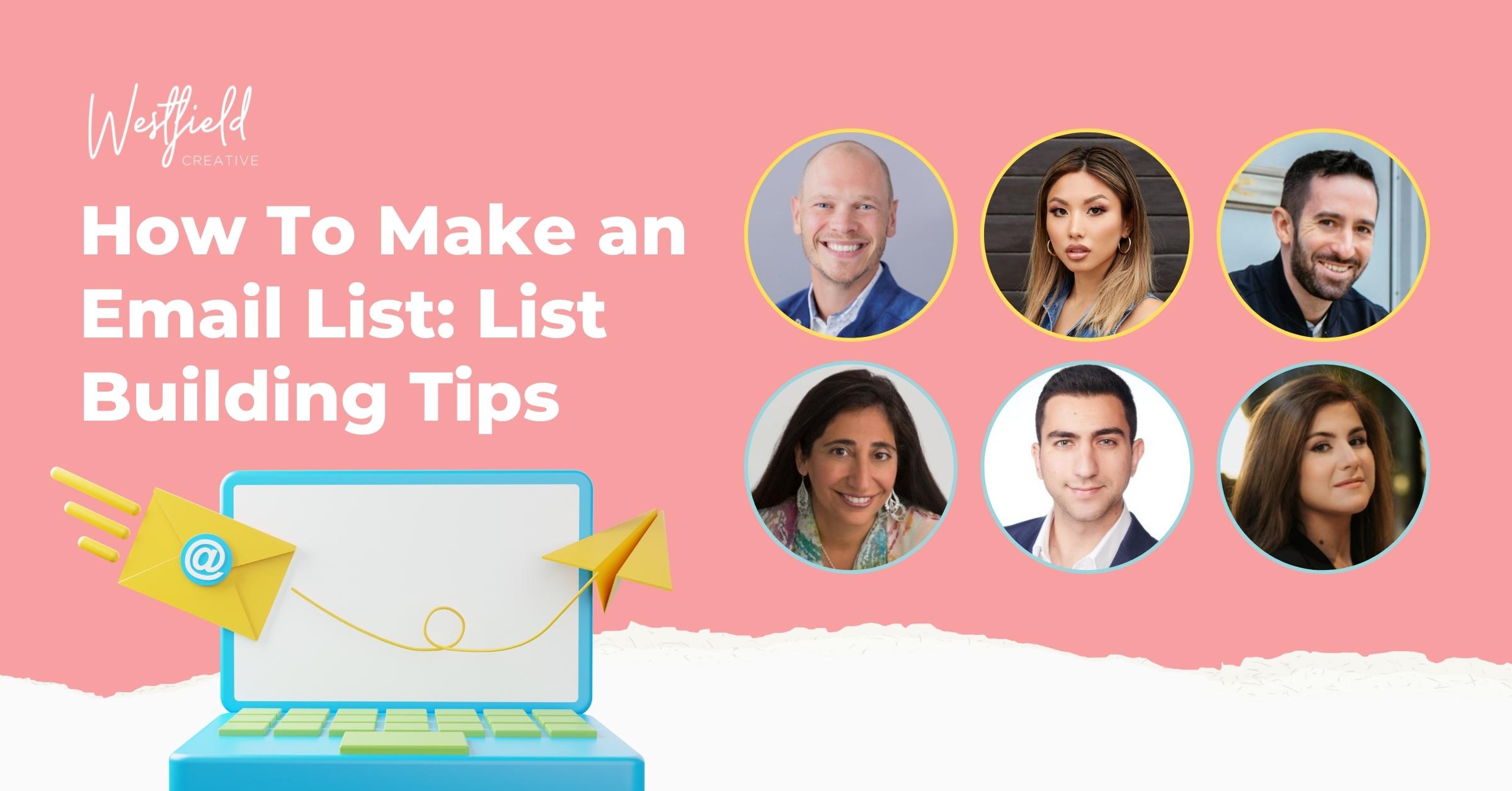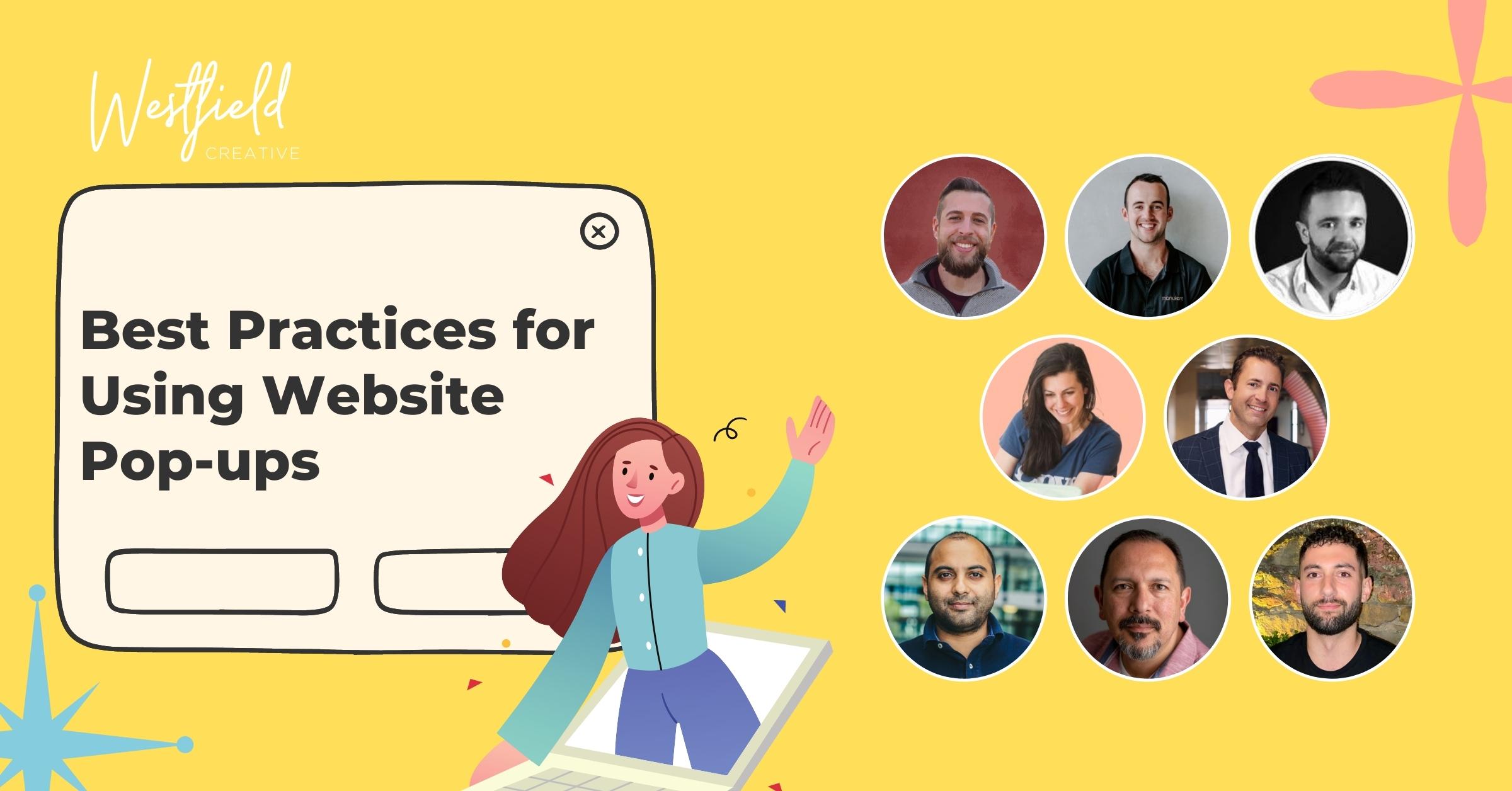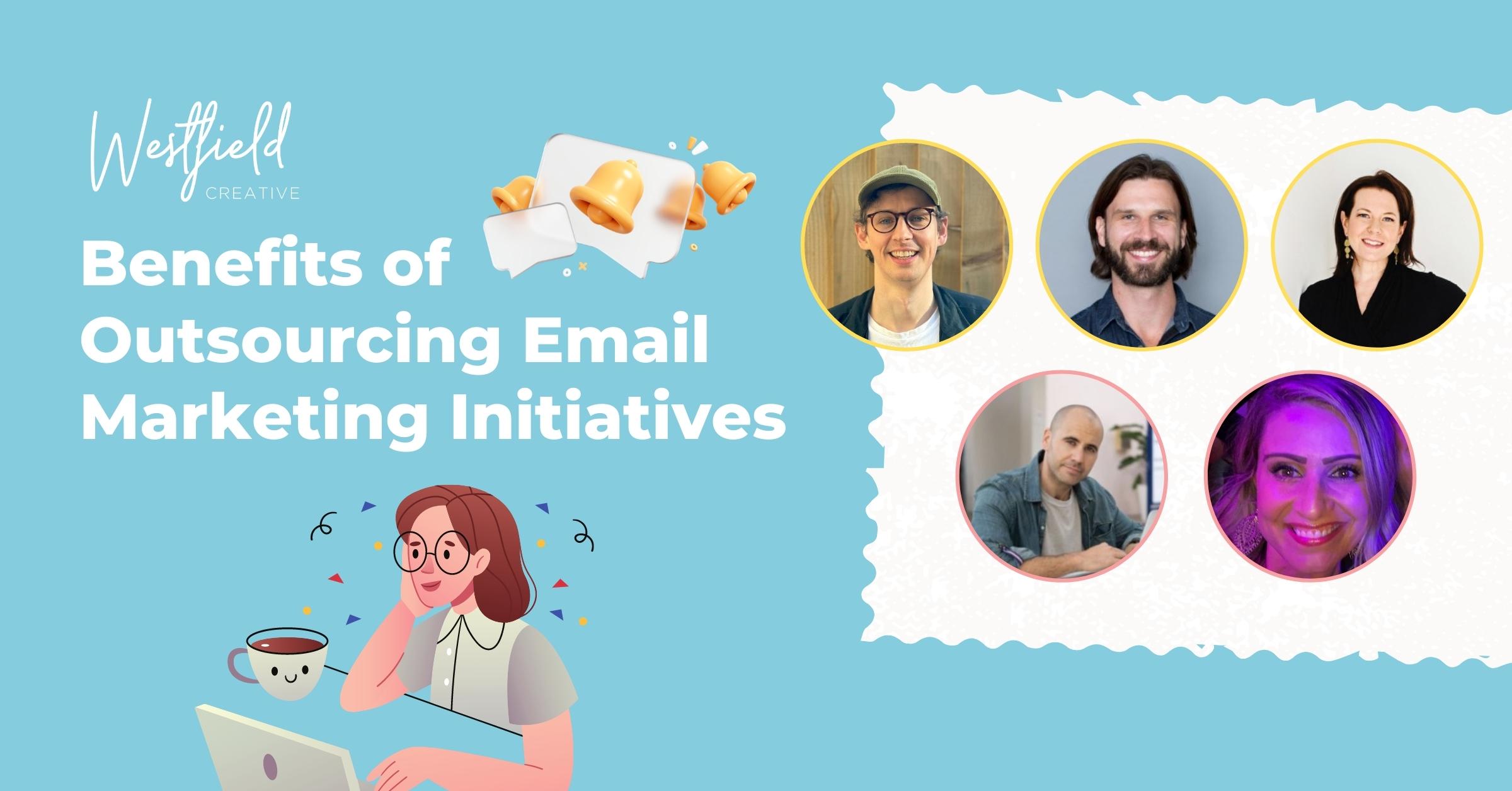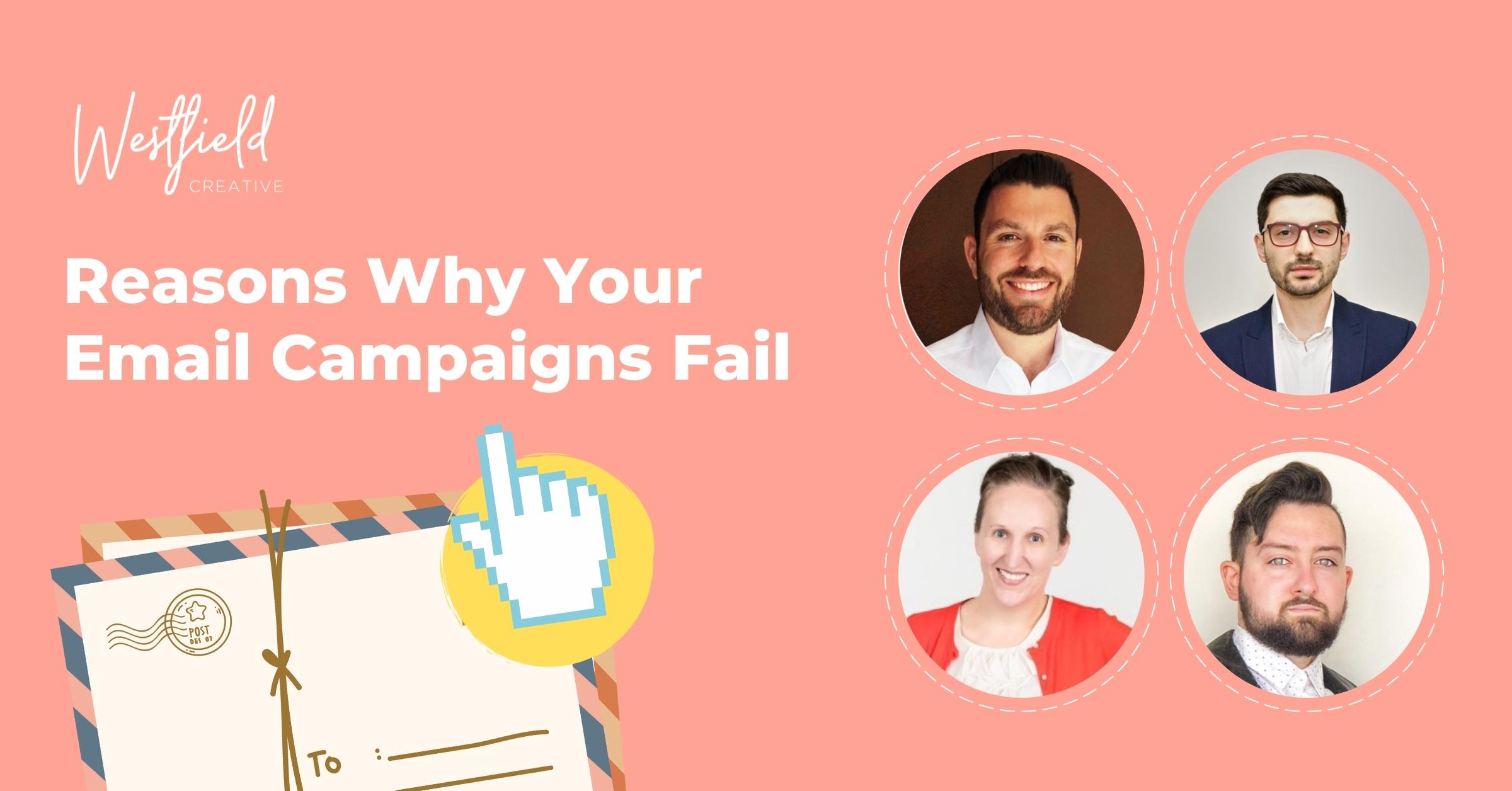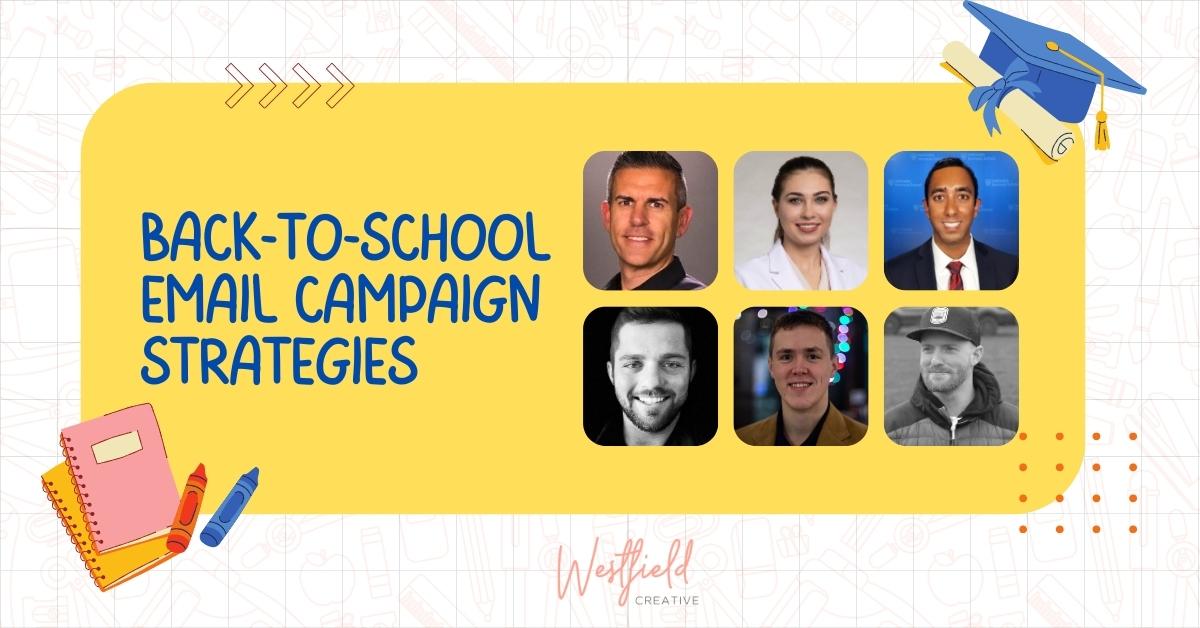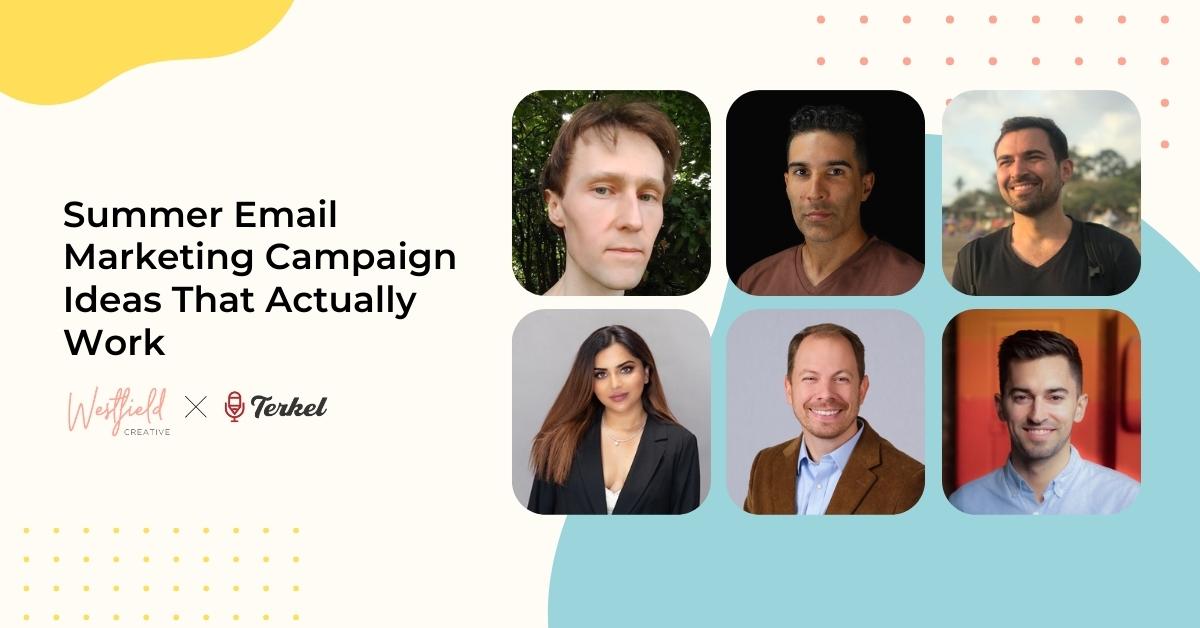Give your best tip for small businesses to make an email list. What is one thing they should consider when building the list?
To help you build an email list successfully as a small business, we asked marketing professionals and business owners this question for their best insights. From installing a pop-up form or slider on your website to offering a free product or service to collect emails, there are several tips that would help you get potential customers to sign up to receive email communication about your products and services.
Here are 13 list-building tips these leaders follow to build their email lists:
- Install a Pop-Up Form or Slider on Your Website
- Create Lead Ads on Facebook
- Don’t Buy an Email List But Use Opt-in Pages
- Use Giveaway Strategies to Build Email Leads Quickly
- Create a Value Proposition on Social Media
- Personalize Content and Offers
- Offer Exclusive Content
- Collaborate With Other Businesses
- Focus on Offering Quality Over Quantity
- Use Social Media Sharing Option in Your Emails
- Seek to Build Relationships
- Start as Early as You Can
- Offer a Free Product or Service to Collect Emails
Install a Pop-Up Form or Slider on Your Website
The pop-up form works very prominently for your website. And it can easily get the attention of visitors, and make them agree to click on any link or sign up. But remember that, sometimes pop-ups may look annoying and gather a negative reputation. To avoid this, you can use some proven ways to make it effective instead of annoying. Like:
– Show them after they stay on your site for 1-2 minutes.
– Set the popup to show every visitor once or twice a week. Showing them a pop-up on every page really annoys them.
If you don’t like the idea of a popup, think about a slider. It works somewhat like a pop-up, but only appears when a visitor slides down the page a bit. Plus, it can be set in the corner of the page which means that the visitors will have attention, but if they don’t like to press skip, they can still continue scrolling down and get a full view of the page.
Daniel Foley, Director of Marketing, SEO Stack
Create Lead Ads on Facebook
Since most small businesses undervalue the effectiveness of Facebook ads, I believe creating lead ads on Facebook to be the single most crucial consideration when developing an email list. Facebook’s 2 billion monthly users and targeting options make it a powerful resource for discovering new clients and expanding email databases. Because Facebook lead ads let you create a form that potential customers can fill out without leaving the social media platform, they are especially useful for growing your email list. The freebies advertised in your ad could be anything from an ebook to a checklist, a product sample to an in-depth guide. Lead ads on Facebook are effective if you’ve targeted the right audience and your lead magnets are particularly compelling to them.
Gerrid Smith, Chief Marketing Officer, Joy Organics
Don’t Buy an Email List But Use Opt-in Pages
I don’t recommend buying an existing email list from a third party because the demographics and interests of those people might not fit your target consumer base criteria. Additionally, the chances are high that many of those emails are no longer active. If businesses want to build an email list, I suggest they do so with opt-in pages and exchange value-filled content for the prospect’s contact details. Paid advertisements are the way to go to drive traffic to their opt-in page. Email marketing is beneficial because it helps maximize a business’s potential revenue. However, email marketing works best to nurture existing patrons and develop relationships to increase customer lifetime value.
Tristan Buenconsejo, Founder and Managing Director, TriBu LinkBuilding
Use Giveaway Strategies to Build Email Leads Quickly
A solid strategy for growing targeted email leads fast is to use a giveaway strategy through social media. Giveaways build buzz around a brand by offering discounts or prizes to users who sign up for emails and tag their friends. Giveaways can quickly and effectively persuade many leads to sign up for email subscriptions depending on the prizes. Signing up is low-risk for users and relatively low-cost for businesses that gain additional traffic and conversions from their newfound customers.
To retain new users most efficiently, companies must be sure to follow up these giveaway campaigns with other campaigns designed to engage user action with a brand. If brands fail to follow up, they may see a drop in their newly acquired leads after announcing the winners of the giveaway.
Zach Goldstein, CEO & Founder, Public Rec
Create a Value Proposition on Social Media
Use social media to your advantage. Grow a following there and have a link to your email list for special offers. You need to have a value proposition when getting people to sign up for emails, and that could include a chance to be alerted to new product drops, sales, or even a discount code on their next purchase.
Ann McFerran, CEO, Glamnetic
Personalize Content and Offers
Everyone loves being treated as unique individuals, and when a business accommodates this all-important factor in their email promotions, the response is bound to be favorable. After all, who doesn’t enjoy the right kind of attention? In personalizing email content and even delivering offers that are unique to a customer, a small business is able to provide services that few larger companies can. This helps them stand apart from their competition and gives customers a valid reason to do business with them.
Azmaira Maker, Ph.D., Founding Director, Aspiring Families
Offer Exclusive Content
If your business has a ton of content, you can leverage email sign-ups so that only members can gain access to it. This is an effective way to build up your email list as you’re offering exclusive content in exchange for just an email address. The content you offer them can range from articles and ebooks to even educational courses and videos. If you are an eCommerce site, you may even be able to give your members access to exclusive deals and first-dibs on new releases.
It’s up to you if you want membership to be paid, but if it’s free, make sure this is clear to your audience as most people will be turned away from the initial sign-up request. Offering exclusive content through email sign-ups will help you build a list of valuable members as these are ones who are frequent viewers of your business and website.
Bill Lyons, CEO, Griffin Funding
Collaborate With Other Businesses
One of the best ways to grow your email list is to collaborate with other businesses, especially those in complementary industries. If you’re in e-commerce, partner with a local brick-and-mortar business to offer a discount to customers who sign up for your email list. Or, if you’re a B2B company, collaborate with another business to co-host an event or webinar – you can promote the event through your email list and collect sign-ups at the same time. Collaboration is not only a great way to grow your email list, but also build relationships with other businesses in your industry.
Todd Saunders, General Manager, BIG Safety
Focus on Offering Quality Over Quantity
There are several reasons why focusing on quality over quantity is the best tip for building email lists. First, when businesses focus on quality, they are more likely to attract subscribers who are actually interested in what they have to offer. This means that businesses are more likely to generate leads and sales from their email list.
Secondly, when businesses focus on quality, they are more likely to build a list of subscribers who are less likely to unsubscribe. This means that businesses will be able to keep their email list active for a longer period of time, which will ultimately lead to more leads and sales. Finally, when businesses focus on quality, they are more likely to create a better overall experience for their subscribers. This means that subscribers are more likely to remain on the list and continue to engage with the business.
Farzad Rashidi, Lead Innovator, Respona
Use Social Media Sharing Option in Your Emails
Using the social media sharing option in your emails increases click-through rate (CTR) as compared to not using it. And you can engage more people to become part of your email list. Additionally, you can get many more benefits by adding a social sharing option in your email like:
– Giving a sharing option to your recipient allows you to increase your reach. If your existing customers like something they share it with their family and co-workers which drives more potential customers to join your email list.
– It improves your SEO ranking because too many shares on social media engage good traffic and more link backs to your website, which will definitely improve your SEO.
Remember that, you can further find out which offers people love to share. So you can consider this next time to get more subscribers.
Joe Troyer, Chief Marketing Officer, ReviewGrower
Seek to Build Relationships
It can often be treated like throwing paint at a canvas to see what sticks, but actually, a smaller more purposefully built email list can be much more successful, especially when it comes to press contacts.
Firstly, you will contact people who are actually keen to hear from you, and you won’t be getting highlighted as spam by certain journalists or even entire journalist teams. When growing this list, I think it is best practice to reach out first, introduce yourself and your business and ask them if they would mind you reaching out with future events or announcements. This more personal touch is much more likely to see a positive response, as opposed to them just starting to receive emails from somebody they’ve never interacted with, and a company they’ve never heard from
Alex Mastin, CEO and Founder, Home Grounds
Start as Early as You Can
Start as early as you can. It’s like with investing: it’s always a good time to start but you always wish you bought that Bitcoin in 2012. As soon as you start getting your first leads, sign-ups, or customers, add them to the email list (of course, you need to ask first). Even if you don’t start sending them emails right away, you’ll have them in your database and you can always come back to them.
Marelle Ellen, CMO, Promoty
Offer a Free Product or Service to Collect Emails
One tactic I’ve found to be quite effective for building an email list is to give away a free product or service. To be clear, the product or service shouldn’t require much time, effort or money. For example, if you operate a local bakery, think about offering a free mini cookie if the person signs up for your email newsletter. If you operate a law firm, it could be an invite to a free 30-minute webinar with a licensed attorney. The key is the free product or service should be enticing enough to lure the consumer to sign-up for your email list, but not enough to completely satisfy their needs.
Alaina Ross, Co-Founder & Registered Nurse, Sleep Family

